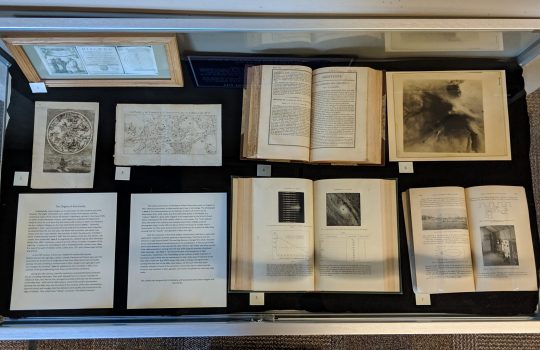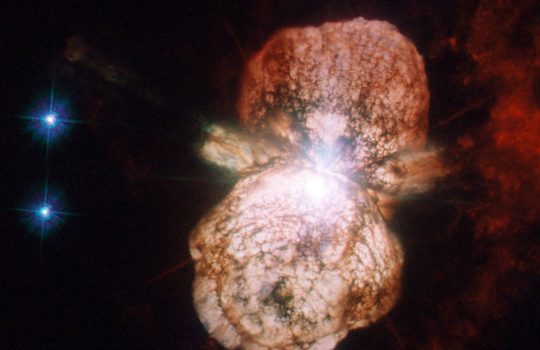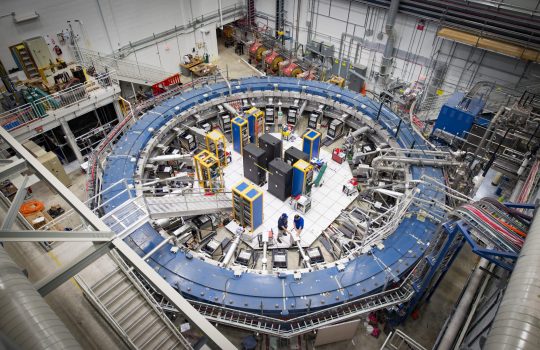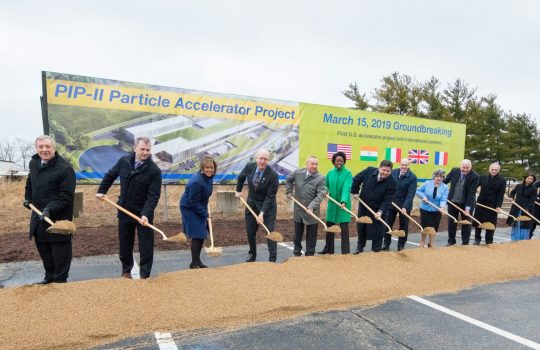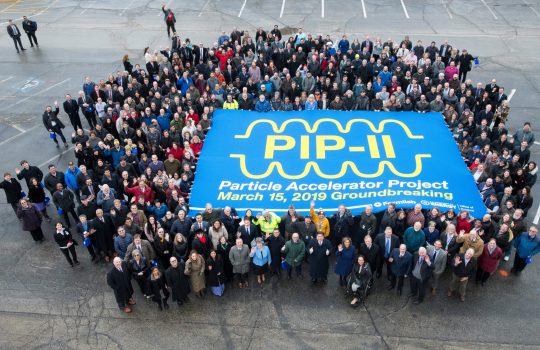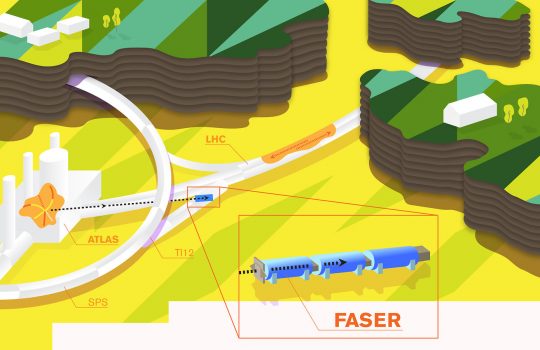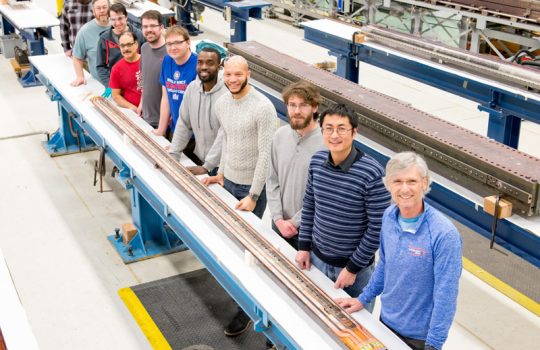Dark energy instrument’s lenses see the night sky for the first time
The optical lenses for the Dark Energy Spectroscopic Instrument have seen their first light. Fermilab contributed key components to DESI, including the corrector barrel and its support structures, along with vital software that ensures the instrument’s 5,000 robotic positioners are precisely aligned with their celestial targets.


